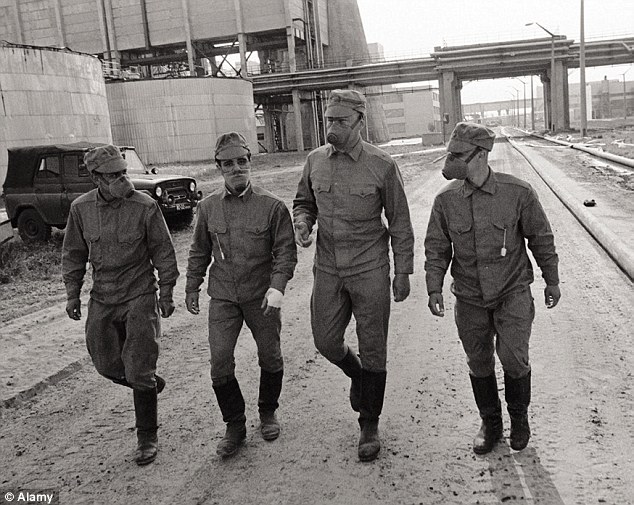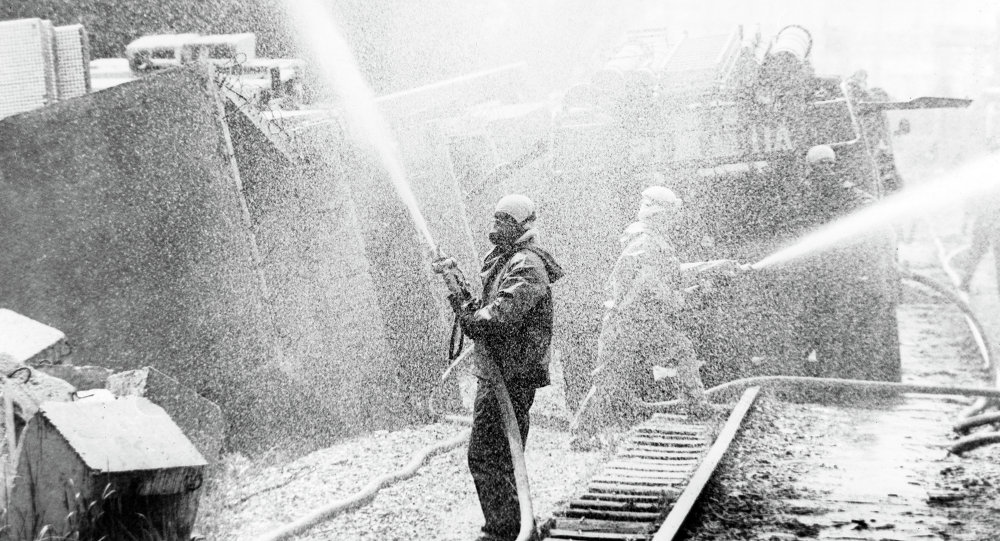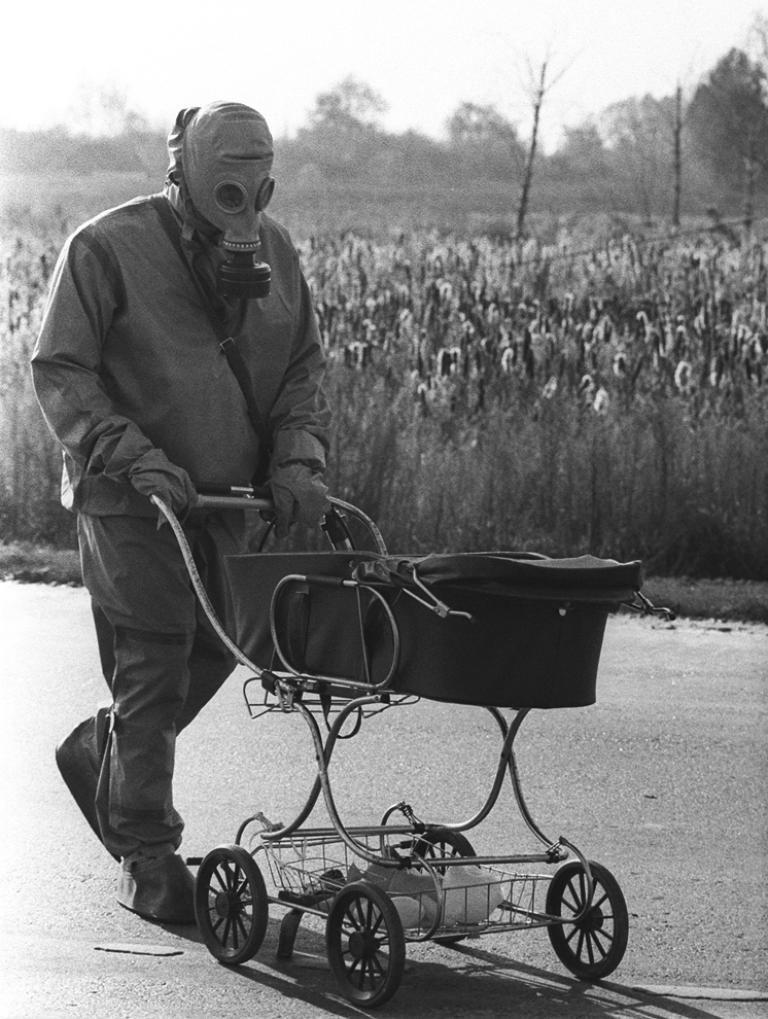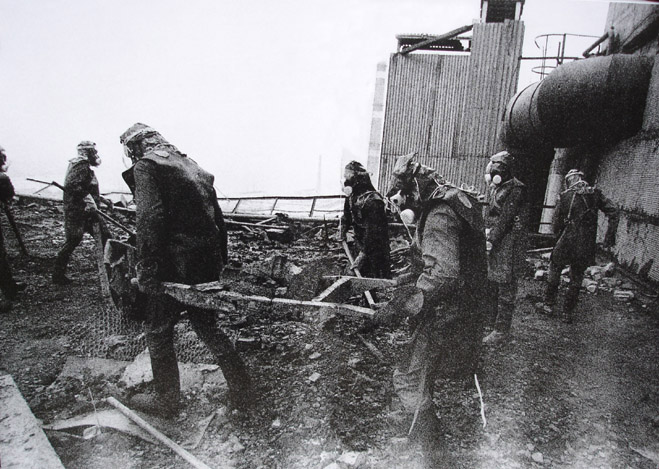
Chernobyl 35 years later: what remains of that tragic experience?
On the night of 26 April, the history of mankind changed, and with it the view of nuclear power: at 1:23 a.m. the Chernobyl nuclear power plant was to suffer a level seven disaster on the INES scale, the highest level in the world
Rescuers acted promptly both at the site of the disaster and in rescuing the surrounding population, and soon the whole of Europe would be taking measures appropriate to the proximity and effects.
Italy began to study wind patterns and cloud movements, while newspapers were full of dead bodies or people severely mutilated by the effects of radiation.
Recently, on the occasion of the 35th anniversary, the scientific journal Science published two studies on the consequences on the populations that suffered from those radioactive clouds, a concept also practically born with the explosion of the nuclear power plant.

Cancers caused by Chernobyl
One team’s research work highlighted the correlation between tumour mutations, i.e. between the increase in papillary thyroid carcinomas in the Ukraine, Belarus and surrounding areas, and the nuclear explosion.
To do this, they integrated genomic, epigenomic and transcriptomic data by analysing samples from over 400 Ukrainian citizens who developed thyroid cancer in the years following the Chernobyl explosion.
This study provided insight into the mechanisms most likely to lead to thyroid neoplasia as a result of radiation exposure.
The research,” the authors write, “did not yield a unique biomarker for radiation-induced cancers, but it does offer important public health results for the management of patients exposed to not particularly high doses of radiation, confirming that a polygenic risk score (an approach that calculates the probability of developing cancer from an individual patient’s genetic landscape) is a useful tool for identifying people who are most at risk from radiation exposure at an early age.
![Emergency Live | Chernobyl, Remembering Brave Firefighters and Forgotten Heroes image 10]() Mutations in the generation after the Chernobyl disaster:
Mutations in the generation after the Chernobyl disaster:
A very important aspect of the nuclear accident concerns the transmissibility of mutations caused by radiation.
A team led by the National Cancer Institute has sequenced the genome of 105 father/mother and child triads to understand the extent to which radiation has caused mutations in offspring.
This involved not only the families of residents, but also those rescuers involved in evacuations, treatment and clean-up operations.
This analysis showed that exposure did not lead to significantly higher mutations than the usual statistics.
Read Also:
Chernobyl, Remembering Brave Firefighters And Forgotten Heroes
Firefighters And Volunteers, The Real Heroes Of The Chernobyl Disaster
Chernobyl, A Fire Makes Radiations Increase In The Exclusion Zone. Firefighters At Work
Source:
Radiation-related genomic profile of papillary thyroid cancer after the Chernobyl accident
Lack of transgenerational effects of ionizing radiation exposure from the Chernobyl accident




